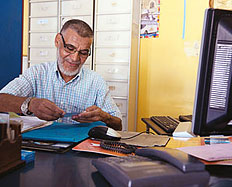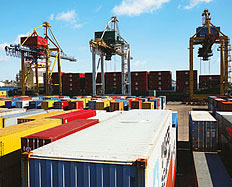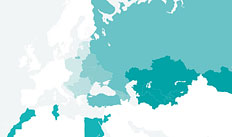-
.jpg)
The transition region’s banks have lost significant external funding (see Chapter 2).
-

Foreign bank entry has not led to a sharp reduction in small business lending (see Chapter 3).
-
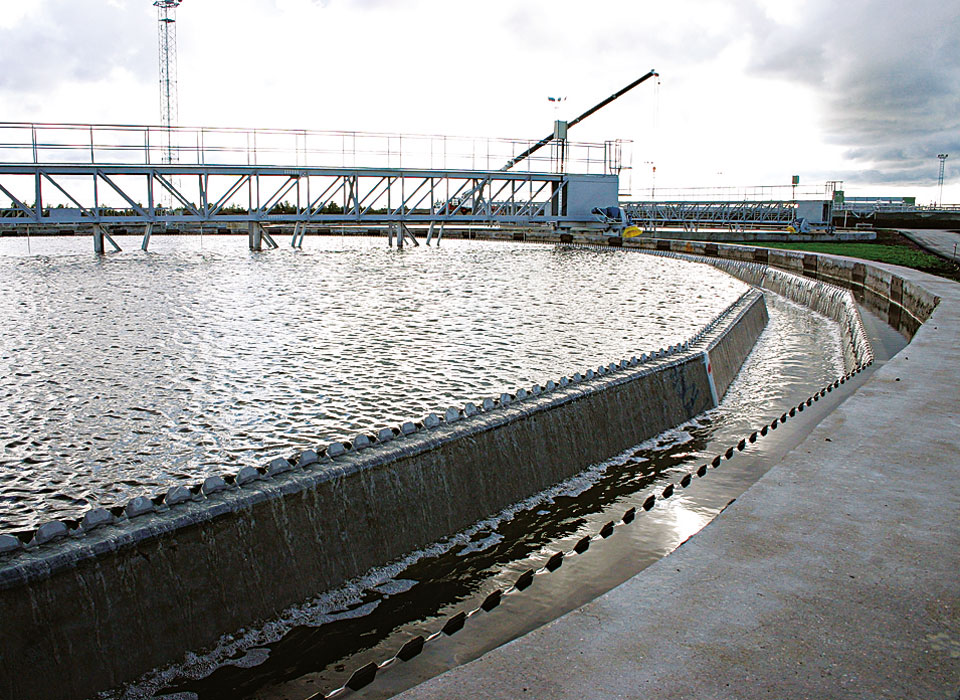
Russia achieved an upgrade in the water and wastewater sectors (see Chapter 1).
-
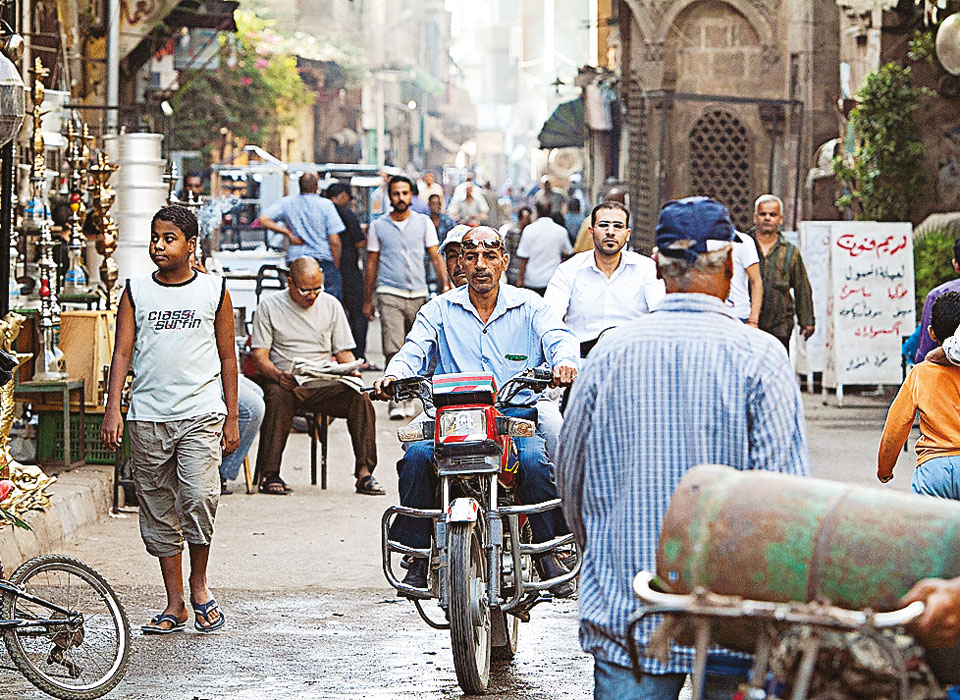
The SEMED region is described as being in “mid-transition” (see Chapter 1).
-
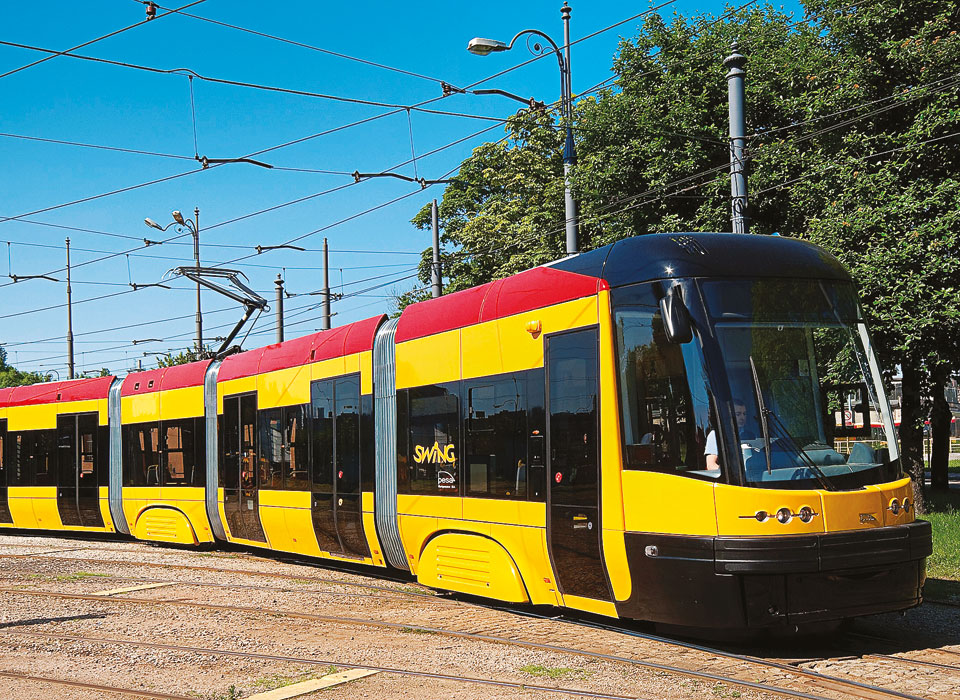
In the infrastructure category, Poland’s urban transport sector attracts a 4- rating (Chapter 1).
-
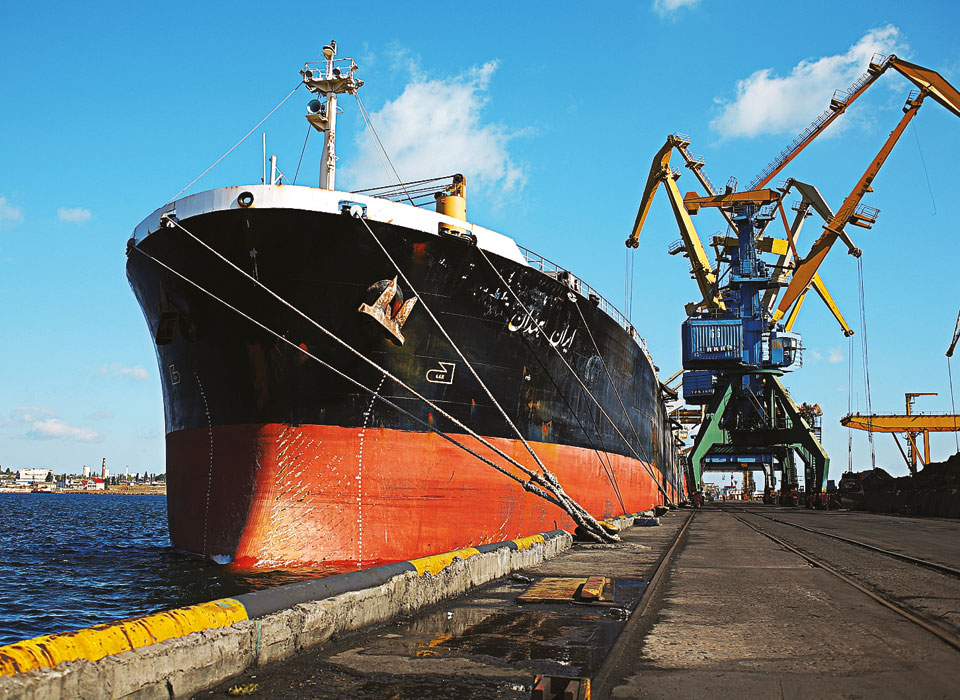
Regional integration can act as a springboard for exports (Chapter 4).
-
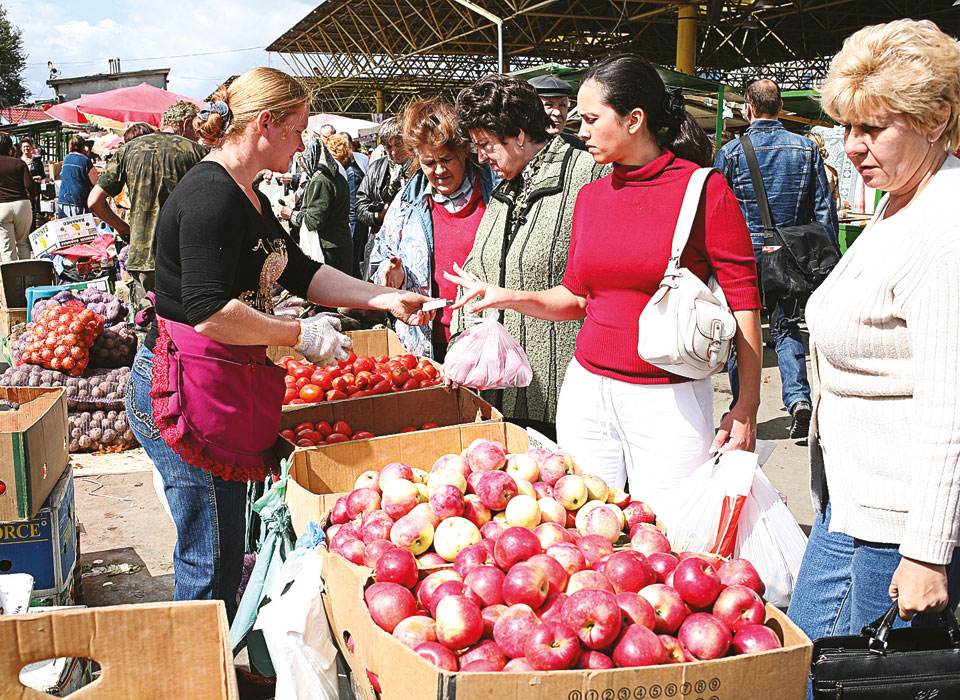
Many transition countries may go into a second dip of the crisis, with uncertain prospects of recovery (Chapter 2).
-

This Transition Report includes, for the first time, a detailed assessment of transition progress and challenges in the four countries of the southern and eastern Mediterranean (SEMED) region: Egypt, Jordan, Morocco and Tunisia
-

This Transition Report includes, for the first time, a detailed assessment of transition progress and challenges in the four countries of the southern and eastern Mediterranean (SEMED) region: Egypt, Jordan, Morocco and Tunisia
-
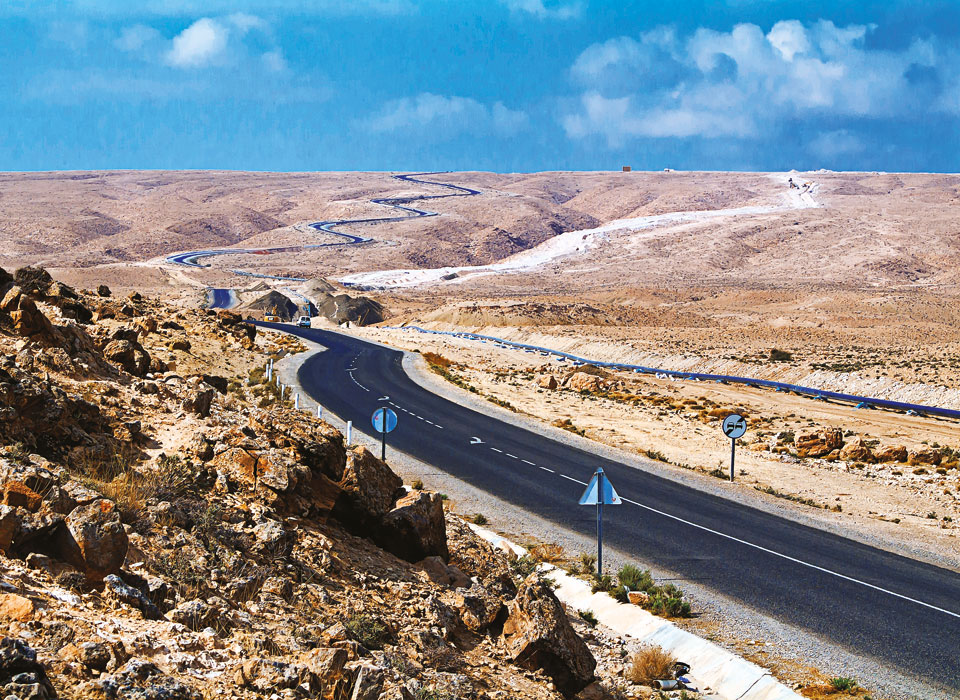
This Transition Report includes, for the first time, a detailed assessment of transition progress and challenges in the four countries of the southern and eastern Mediterranean (SEMED) region: Egypt, Jordan, Morocco and Tunisia
-
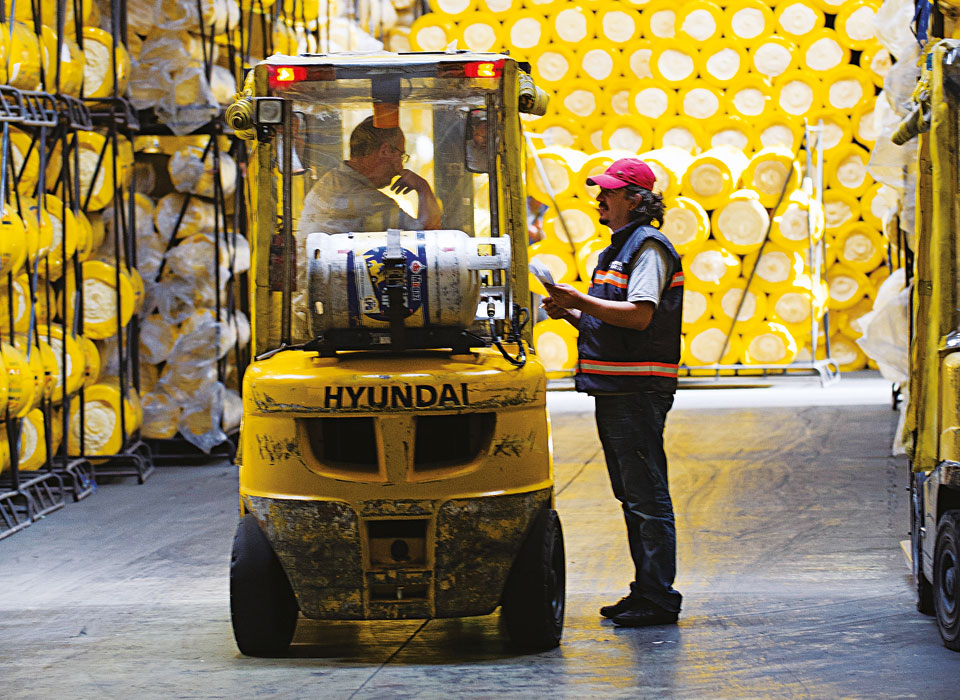
In many transition countries labour markets never fully recovered from the 2008-09 crisis. Now they are likely to face further strains in the face of eurozone developments
-
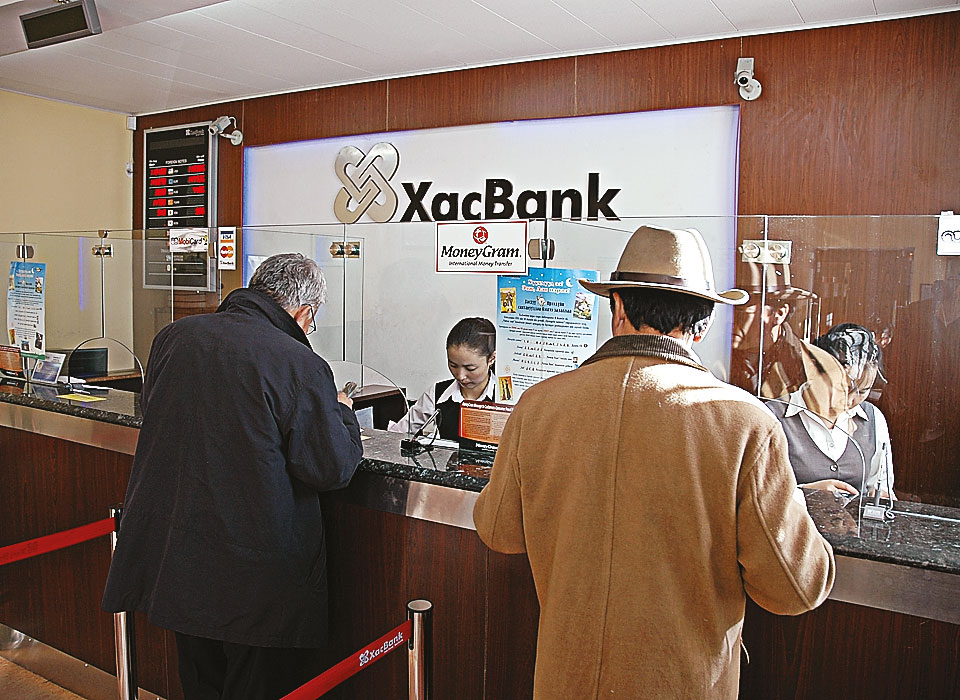
How the region will evolve in 2013 will depend largely on the policy response, both inside the region and particularly outside (Chapter 3).
-
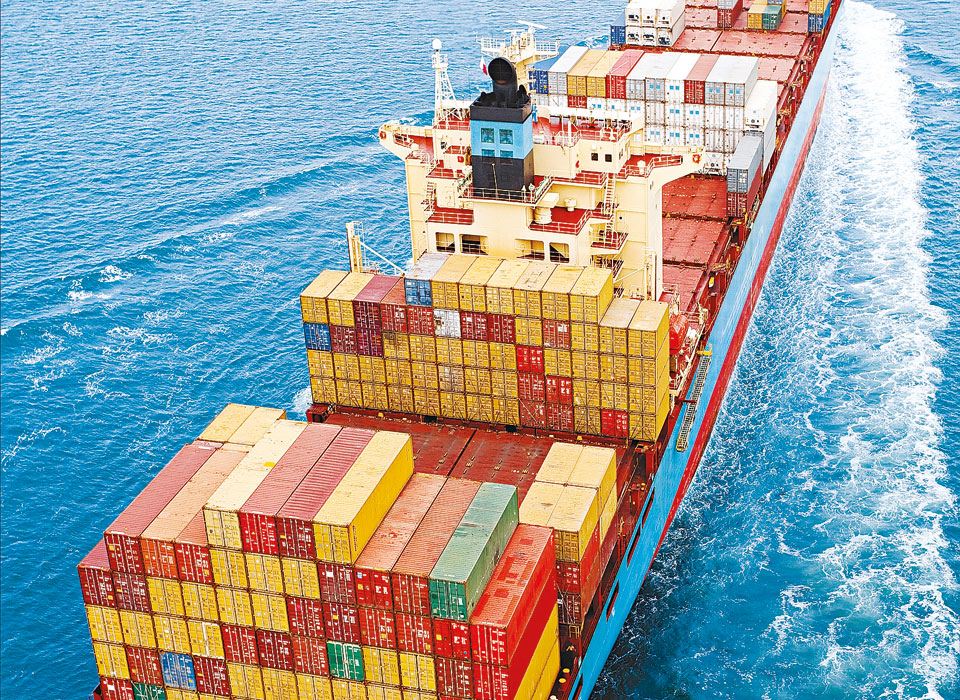
Higher-value-added goods that are initially exported within the customs union can subsequently be exported elsewhere (Chapter 4).
-
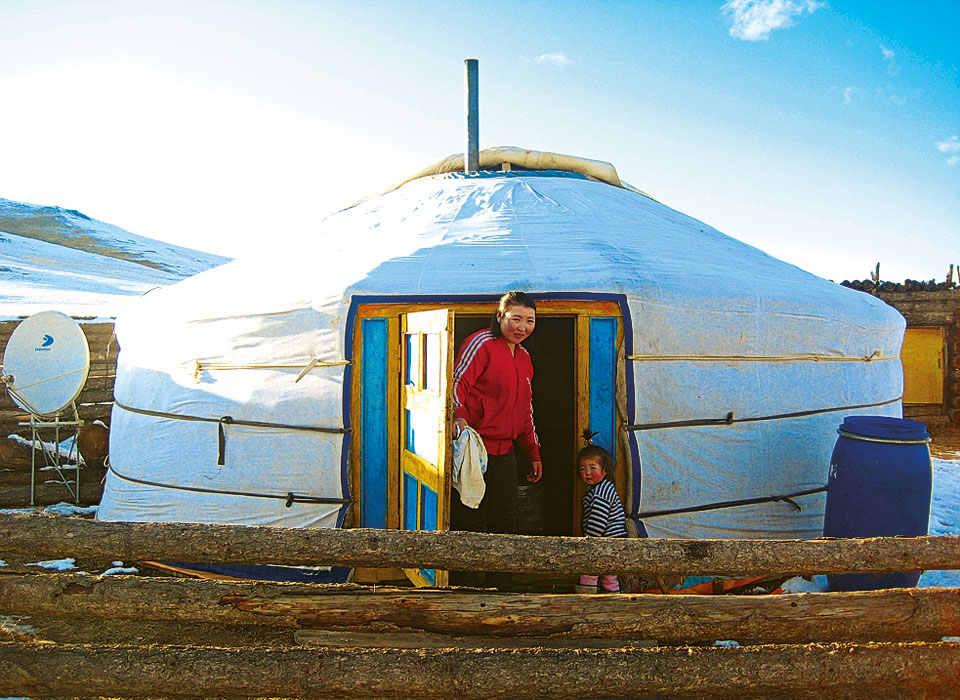
In Mongolia, which held elections in June 2012, annual unconditional cash transfers to the population, to the tune of 7 per cent of GDP, added substantially to government spending (Chapter 2).
-
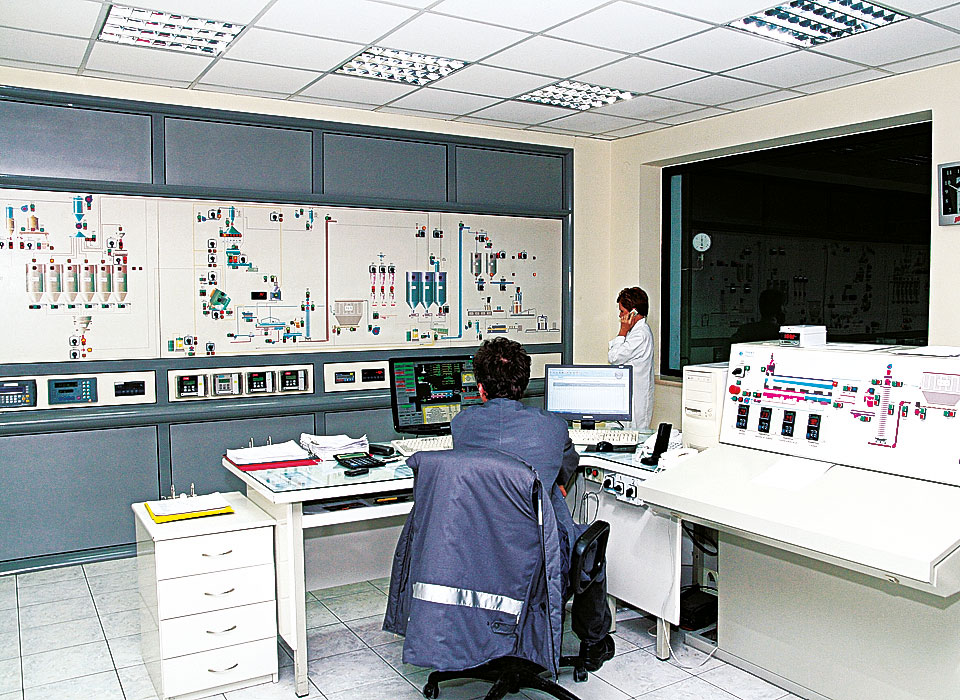
The majority of transition economies are exposed to financial market volatility (Chapter 2).
-
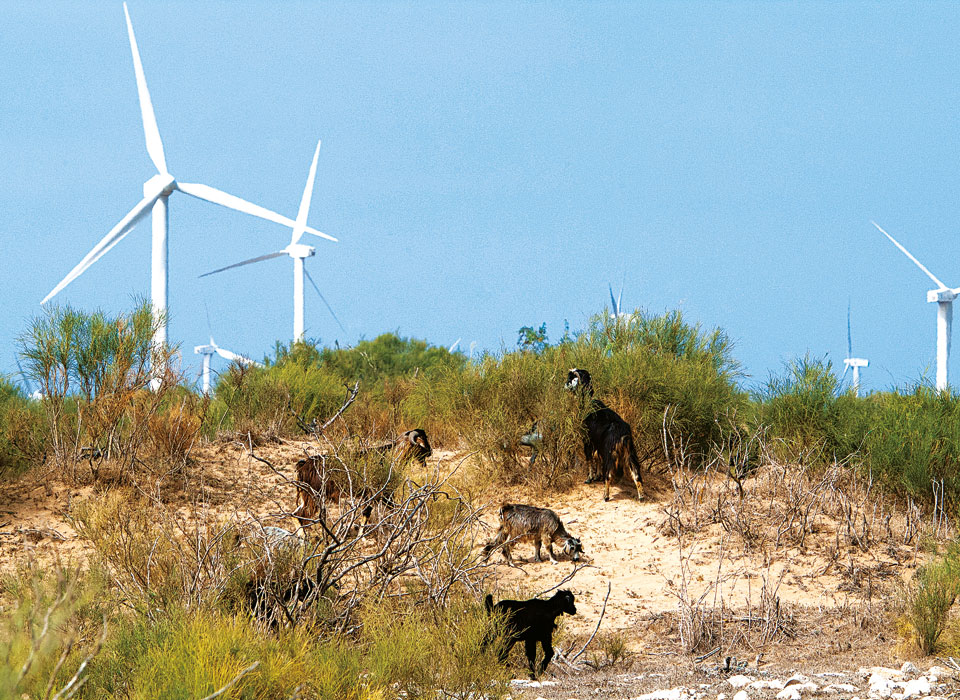
The SEMED countries have significant challenges in the energy sector, that are most comparable to those in Central Asia and eastern Europe (Chapter 1).
-

Countries further east enjoyed strong nominal export growth until mid 2012, before a dip in oil prices and the widening global slow-down led to a reversal (Chapter 2).
-

As net importers of food, all SEMED countries are vulnerable to the volatility of global prices for commodities such as grain, on which they are highly dependent (Chapter 1).
-

According to the transition scores, the SEMED region’s level of infrastructure development is most comparable to that of the countries of eastern Europe and the Caucasus (Chapter 1).
-
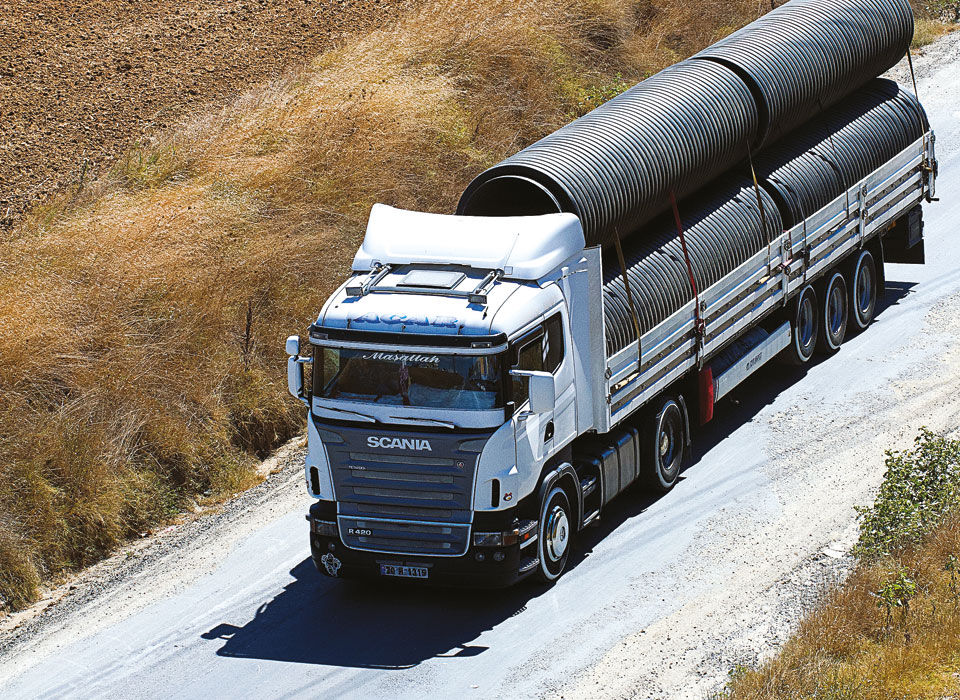
Trade balances have largely improved, except in the SEMED region where rising imports and weak export performance have led to widening deficits (Chapter 2).
-
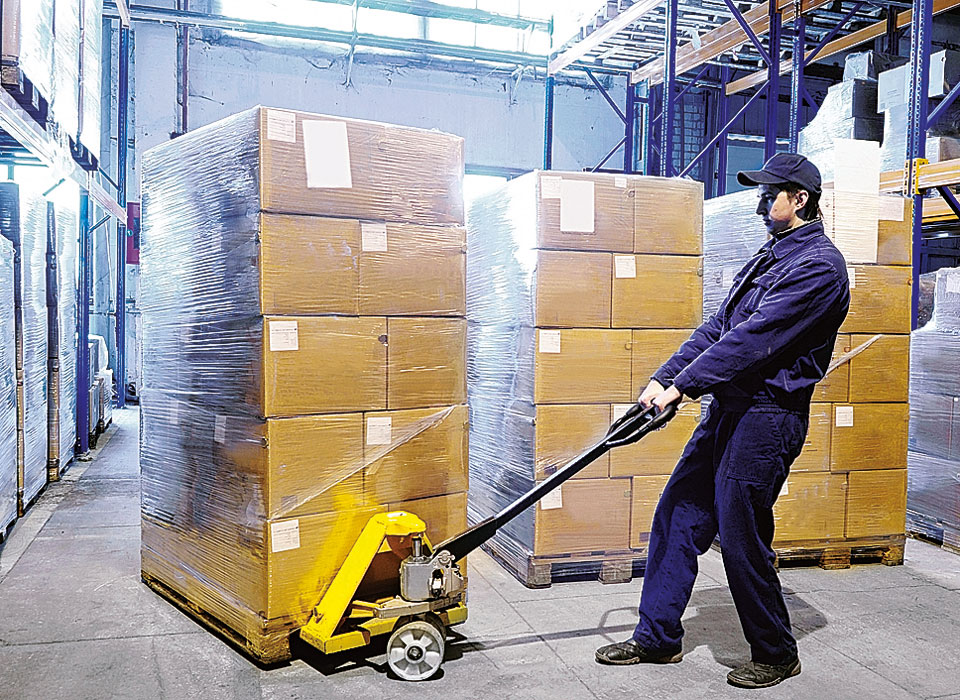
As Russian growth decelerated and its imports declined in the second quarter of 2012, countries in Central Asia and the EEC region experienced a drop in exports (Chapter 2).
-
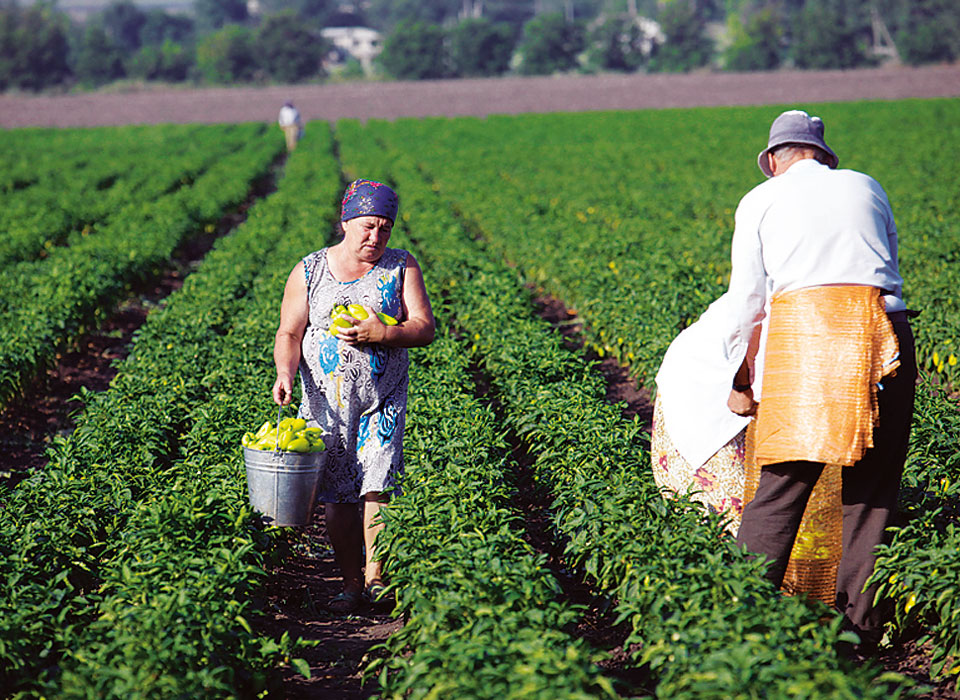
Despite the crisis, both remittance outflows from the eurozone and inflows to the transition region increased in the second half of 2011 and first quarter of 2012 (Chapter 2).
-

Host-country supervisors may not have much information about the parent banks of subsidiaries that operate in their country (Chapter 3).
-
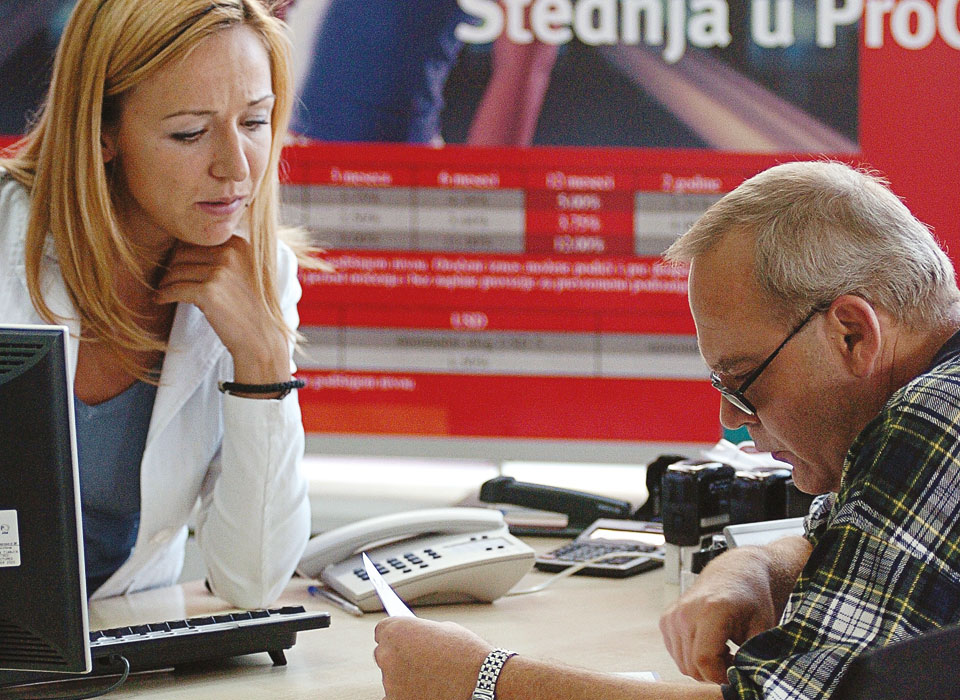
The variation in credit growth in central and south-eastern European countries has been increasing steadily since the beginning of 2011 (Chapter 3).
-
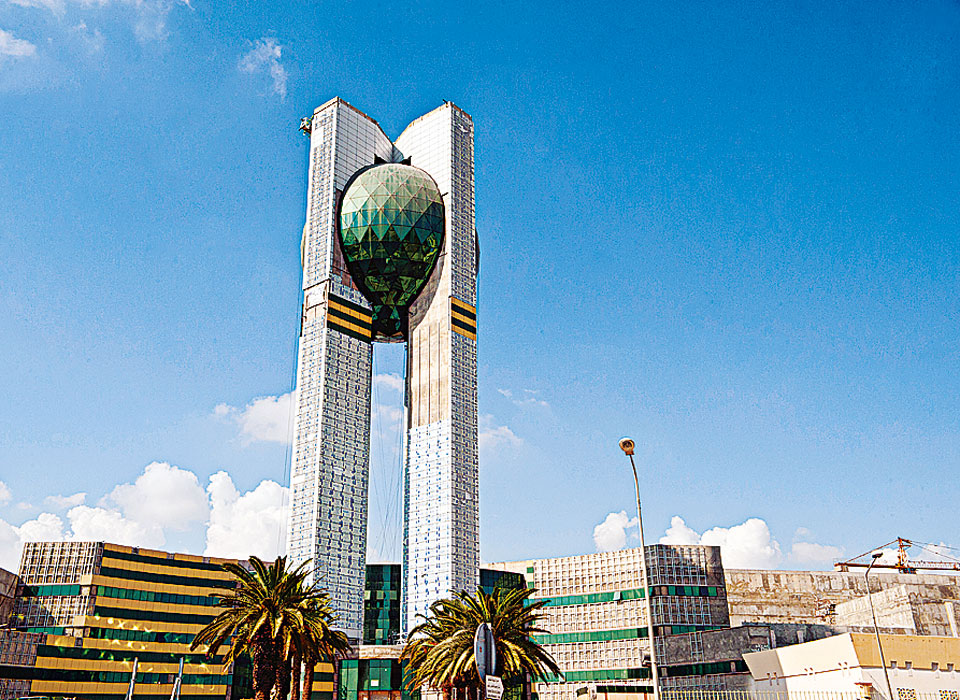
Continuing political uncertainty has weakened growth performance in the SEMED region (Chapter 2).
 Tools
Tools
© European Bank for Reconstruction and Development 2013 | Disclaimer | Site Map | This email address is being protected from spambots. You need JavaScript enabled to view it.


